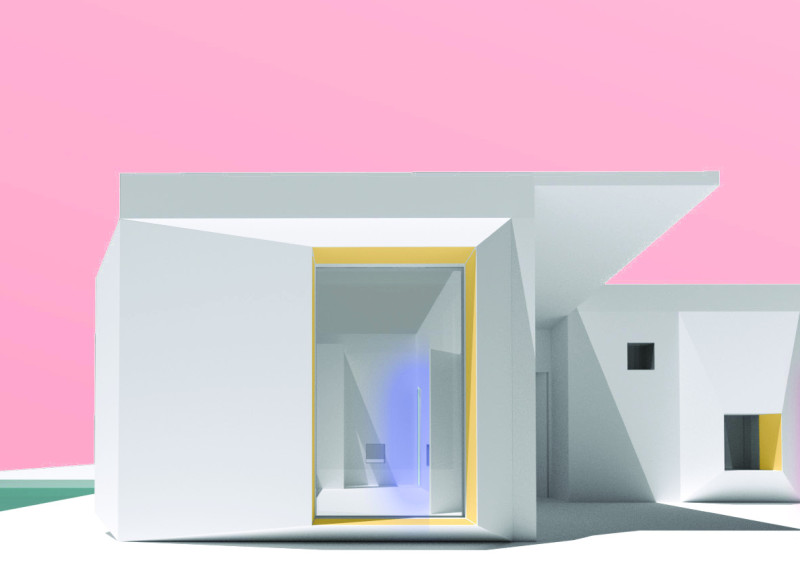5 key facts about this project
"Silence of Colors" is designed for a young couple with an autistic child, located on an island in Spivey Lake, Georgia. The concept takes inspiration from the autism symbol and the game of Tetris, focusing on creating a nurturing environment that prioritizes comfort and emotional well-being. The design carefully combines functional spaces with sensory experiences to accommodate the unique needs of the family.
Spatial Arrangement
The home’s layout ensures accessibility and security for the child. The child’s room and a calm room are centrally positioned, allowing the child easy access during moments of anxiety. Surrounding these spaces are the living area and the parents' quarters, strategically located along the outer walls to provide views of the natural surroundings. This arrangement facilitates smooth circulation while encouraging family interaction.
Use of Color
Color plays an important role in the design, promoting navigation and delineating spaces. Different colors are used to help the child identify areas and understand transitions between activities. Thresholds between modules serve both as physical barriers and visual guides, making the home easier to navigate. This thoughtful use of color supports a sensory experience that fosters comfort.
Artistic Elements
The thresholds in particular lend an artistic touch to the home. They resemble contemporary installations, drawing attention while serving practical purposes. LED backlit panels enhance the interior, creating vibrant color walls that contribute to a welcoming atmosphere. These artistic features engage the child's sense of awareness and understanding of their environment.
Sustainable Design Choices
Sustainability is another key aspect of the design. Photovoltaic panels provide energy, while a rainwater collection system allows for greywater reuse. This approach not only meets the household's functional needs, such as irrigation and bathroom usage, but also reflects a commitment to environmentally conscious practices.
Light streams through large windows, playing on the colors within the home, creating an inviting and supportive environment for all inhabitants.






















































